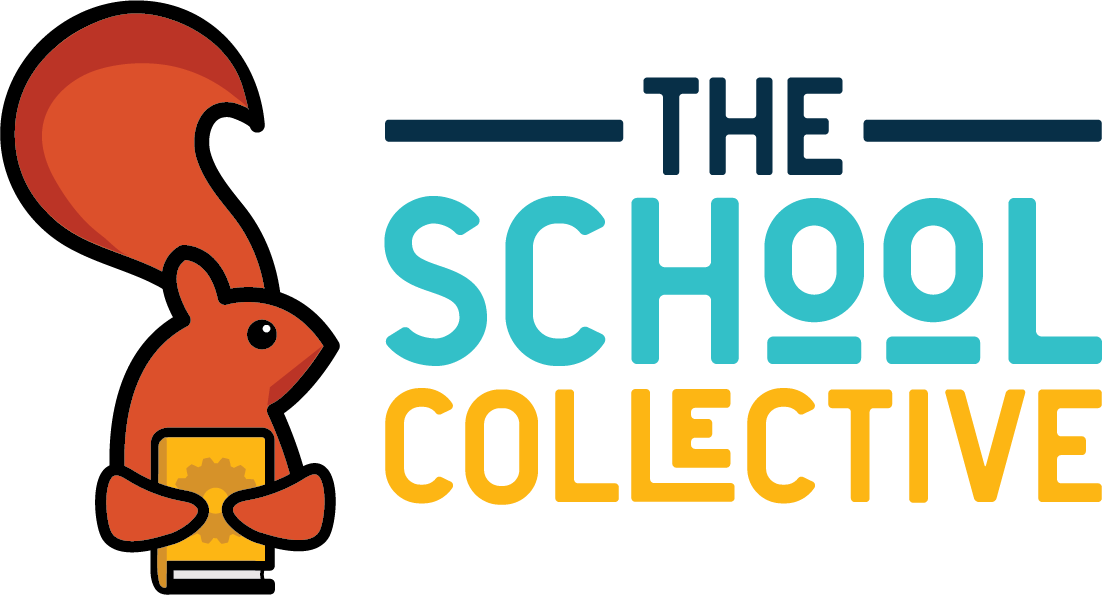Raise your hand if you’ve gotten an evaluation report that heavily focuses on deficits and leaves you wondering “What can this learner do? How are we going to find the staff to support them?” and “Where do we even start?” I see this all too often, especially with our learners who have complex needs. As evaluators, it’s our job to identify those areas of need, but it’s equally as important to identify (and celebrate) the strengths our learner’s bring to the table. We’ve got to paint a comprehensive picture of our learners so the team can develop a solid IEP to foster meaningful progress.
Our words matter. Do we want our reports to focus on the “cannot’s, does not’s,” and “not able to’s?” Should our families and learners walk away feeling “impaired, low,” and “severe?” Let’s examine the three models of disability and consider their impact.
In the Moral Model, disability is related to “the person’s or the family’s character, deeds, thoughts, and karma.” Disability can carry “stigma, shame, and even blame,” especially if the disability is perceived as being caused by some misdeed. It can also carry “honor, faith, or strength.” (Olkin, 2022). For example, surviving a life altering event, such as a serious car accident that leaves a person paralyzed. The moral model of disability is a common worldwide belief and is often depicted in media. Movies may depict disability as something evil. For example, in the movie “Split” the main character has dissociative identify disorder AND is a predator who kidnaps three girls (Reid, 2019). In the moral model, movies also depict disabled people going above and beyond to achieve goals. In the movie “Walk. Ride. Rodeo” a teenager returns to competitive rodeo riding after a spinal cord injury.
In the Medical Model, disability is viewed as an impairment and a pathological disorder that requires curing or fixing. It uses an expert model with the expectation that families listen to practitioners who are the experts. The medical model is commonly used in the health, mental health, and educational settings (Olkin, 2022). In the media, a disabled person will be portrayed as having depression and dispair, but finds happiness and joy by forming a friendship with a non-disabled person or a non-disabled person becomes a better person by learning from a disabled person.
In the Social Model, disability is viewed as an aspect of a person’s identity similar to gender, race, etc. Disability results from physical and social barriers in the environment. We don’t fix the disabled person, rather we change the environment and examine our own stereotypes and biases which may result in potential discrimination and oppression. whether it is intentional or not. Movies that include multiple disabled characters who live and thrive without dependence on non-disabled people or depict disabled people as part of a loving family who is not burdened by the disability or highlight discrimination or activism reflect the social model (Olkin, 2022). The best examples of the social model in media are “Crip Camp,” “Loop,” and “Speechless.”
Let’s challenge ourselves to reflect upon our own thoughts, ideas, and possible biases about disability. When we heavily focus on deficits and impairments there’s the real potential to dehumanize our learners and their families. We may also neglect to examine the environment for barriers to learning, active participation, and the chance to form true friendships and relationships with peers and adults. The best example is literacy for learners with complex needs. Only one in ten individuals with pronounced communication and physical disabilities can read at the same level as their non-disabled peers (Erickson and Koppenhaver 2020). Add in intellectual disability and the stats just keep getting worse. Why? Many of our learners with complex needs do not receive rigorous evidenced-based reading instruction akin to their non-disabled peers. I think we can all agree that not being taught to read is a pretty big barrier. When we define a person by their disability and use terms like “low functioning, severely impaired”, etc. we fail to see the person and their potential. In contrast, describing a learner as “high functioning” may cause the educational team to not fully consider the amount of support needed for success.
So how do we make change? Here are a few ideas:
- Include parents and the learner in your evaluation and decision making, they are the stakeholders!
- Eliminate terms like “low functioning, high functioning,” etc.
- Focus on determining supports that make learners successful.
- Identify barriers to success, including attitudes, programming, etc.
- Gather data about what a learner can do.
- Become involved in your local Disability Community


References:
Erickson, K. A., & Koppenhaver, D. (2020). Comprehensive literacy for all: Teaching students with significant disabilities to read and write. Paul H. Brookes Publishing Co.
Olkin, R. (2022, March 29). Conceptualizing disability: Three models of disability. American Psychological Association. https://www.apa.org/ed/precollege/psychology-teacher-network/introductory-psychology/disability-models
Reid, L. (2020, January 17). Monstrous misrepresentation: Disabilities in the horror genre. UAB Institute for Human Rights Blog. https://sites.uab.edu/humanrights/2019/08/13/monstrous-misrepresentation-disabilities-in-the-horror-genre/
Resources:

Absolutely fabulous post, and I appreciate the media references to give a clear picture of each model.